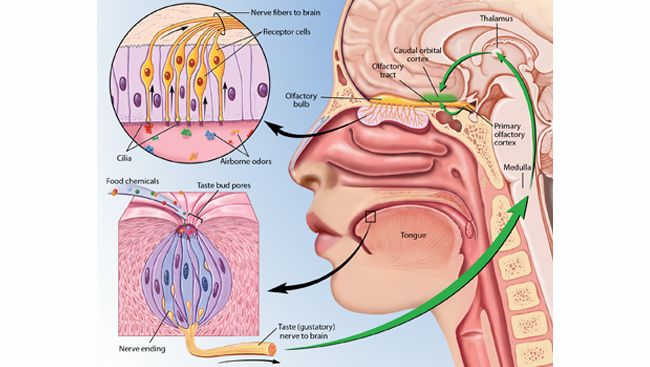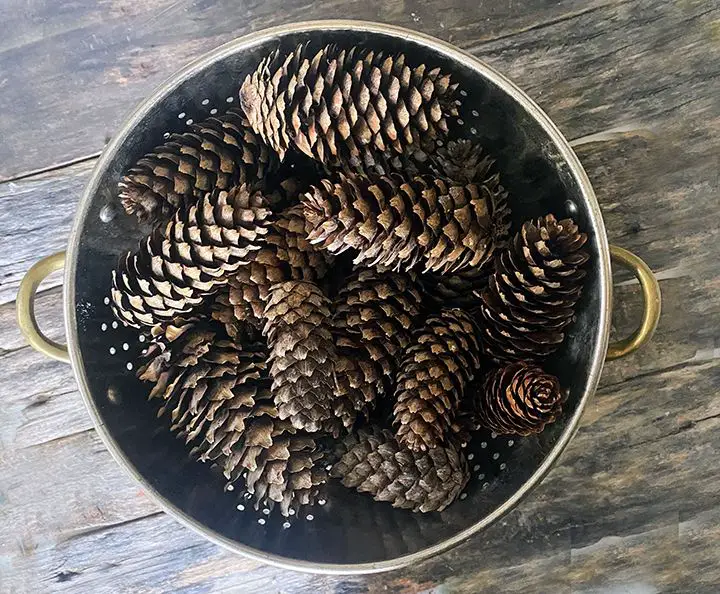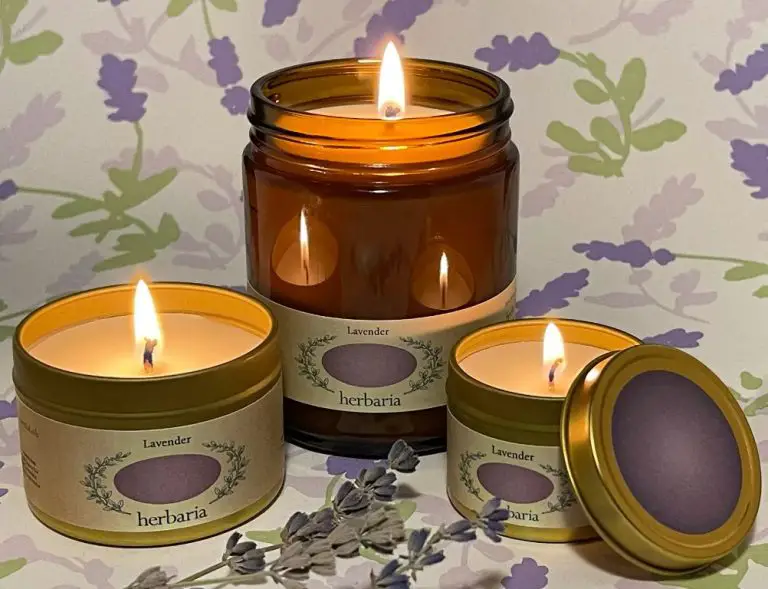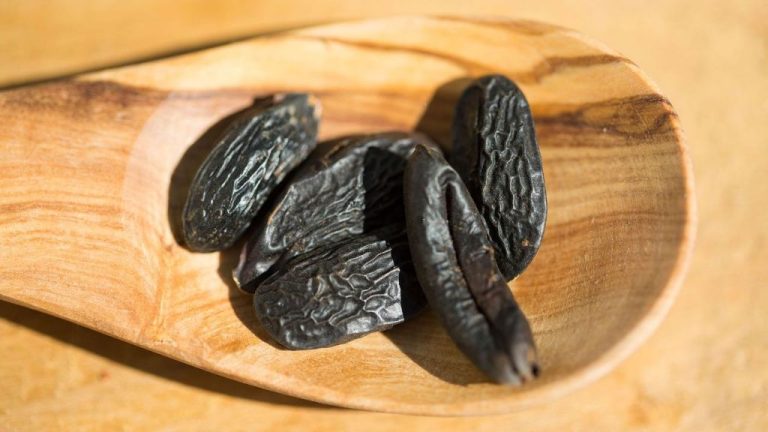What Makes Birthday Cake Scent?
Birthday cake scent has become an incredibly popular fragrance in recent years, with sales of birthday cake flavored products increasing over 29% since 2017 according to Nielsen (source). But what exactly gives birthday cake that sweet, nostalgic scent we all know and love? The signature aroma is created through a careful blend of ingredients and fragrance chemicals that evoke the smell of fresh baked cake. In this article, we’ll explore the chemistry, history, and psychology behind the distinctive and coveted birthday cake scent.
History of Birthday Cakes
The origins of birthday cakes can be traced back to ancient times. In ancient Greece, round or moon shaped cakes were baked to honor Artemis, the goddess of the moon. Ancient Romans also baked cakes to celebrate birthdays and special occasions. These early cakes were more bread-like and sweetened with honey.
In the Middle Ages in Germany, the kinderfest or “children’s festival” featured a birthday cake with candles. This is one of the earliest records of putting candles on a birthday cake. The candles represented “light of life”. People believed that the flickering flames warded off evil spirits.
In the 18th century, birthday cakes became more elaborate in Europe. Bakeries began mass producing and decorating cakes for birthdays. Candles and frosted lettering wishing a “Happy Birthday” became popular cake decorations. The Industrial Revolution allowed ingredients like refined sugar to be more affordable. This made birthday cakes sweeter and more extravagant.
Birthday cakes were rare luxuries for most people until the mid-19th century. With the rise of the middle class and more access to sugar, birthday cakes became a standard birthday tradition. The layered birthday cake with frosting that we know today was perfected in the late 19th century.
Today, birthday cakes come in endless flavors, shapes and sizes. But the meaning remains the same – a cake is made special for someone’s birthday and shared with loved ones.
Chemistry of Scent
The sense of smell begins when odor molecules are inhaled through the nose and dissolved in the mucus lining the nasal cavity. These odor molecules bind to specialized receptor proteins called olfactory receptors on the olfactory sensory neurons. Each olfactory receptor can detect a limited range of odor molecules. When an odor molecule binds to a matching olfactory receptor, it triggers a signal that is transmitted to the brain. The brain then interprets these signals to identify the specific smell.
The human nose has approximately 400 different types of olfactory receptors, which allows us to detect a wide range of scents. Each receptor responds to a feature or group of features that are shared by different odor molecules. For example, receptors may detect specific functional groups like aldehydes, ketones, esters, alcohols, amines, thiols, and aromatics. The combination of receptors stimulated creates a unique pattern that the brain recognizes as a particular scent memory.
When smelling a complex scent like birthday cake, the different chemicals that produce the sweet, buttery, and sugary aroma components stimulate several receptors in various combinations. The brain integrates all these receptor signals to perceive the unified birthday cake scent. Our ability to detect specific chemicals at very low concentrations allows even faint whiffs of birthday cake to evoke pleasant memories and sensations.
Key Aroma Chemicals in Birthday Cake Scent
The distinctive scent of birthday cake comes from a careful blend of aroma chemicals that work together to create the rich, sweet, and nostalgic smell.
Some of the key chemicals responsible for birthday cake fragrance include:
- Vanillin – Provides the sweet vanilla scent.
- Benzaldehyde – Adds an almond note.
- Ethyl vanillin – Enhances the vanilla.
- Acetyl propionyl – Gives a creamy note, like frosting.
- Gamma-undecalactone – Provides a peachy, coconut aroma.
- Ethyl maltol – Adds sweetness.
When combined in the right ratios, these chemicals produce the rich, multilayered aroma we associate with moist cake layered with sweet buttercream frosting. Natural extracts like vanilla beans and almond oil can also be used to complement the synthetic aroma chemicals.

Fragrance formulators tweak the levels of each chemical to find the perfect birthday cake scent. Too much vanilla may make it smell like vanilla extract. An excess of almond may give it an amaretto or marzipan aroma. By balancing the key chemicals, the fragrance captures the essence of a fresh-baked birthday treat.
Natural vs Artificial Birthday Cake Scents
There are key differences between naturally derived and synthetic aroma chemicals used to create birthday cake scents. Naturally derived scents are extracted directly from plant materials like flowers, fruits, spices, woods, and other botanicals through methods such as distillation, expression, or enfleurage. These raw natural ingredients undergo minimal processing to yield essential oils, absolutes, resins, and other substances used in perfumery. Naturally derived aromas tend to smell closer to their botanical sources but can be more expensive and unstable compared to synthetics.
Synthetic aroma chemicals are produced artificially through chemical synthesis in laboratories. Common synthetic scents used for birthday cake flavors include vanillin, ethyl vanillin, benzaldehyde, and heliotropin which provide vanilla, almond, and marzipan notes. Synthetics allow much more flexibility and control in fragrance design at a lower cost. However, some synthetic scents like lyral and lilial have faced regulation over potential health concerns. Overall, synthetics often last longer and project stronger than naturals, but some argue they lack depth and nuance.
According to Salon (2021), while naturally extracted vanilla provides a rich, eggy character to birthday cake fragrance, synthetic vanillin creates a “stronger, more powdery vanilla”. As NYC Perfumes (2023) explains, natural scents like vanilla beans are rare and costly compared to affordable synthetic vanillins. Ultimately, there are trade-offs between natural complexity and synthetic performance/accessibility in creating the perfect birthday cake aroma.
Birthday Cake Scent in Candles
Birthday cake scent has become an extremely popular candle fragrance over the last decade. According to data from Amazon, birthday cake is one of the top 5 bestselling candle scents, along with scents like vanilla, apple cinnamon, and pumpkin spice (Birthday Cake Scented Candle). The characteristic sweet, sugary aroma makes birthday cake candles a nostalgic treat.
The birthday cake scent is designed to smell like a freshly baked birthday cake. Top fragrance notes include vanilla and buttercream frosting. Middle notes of sugared berries and pink hawthorn add fruity sweetness. Base notes like vanilla cake and melted butter create a rich, bakery aroma (Birthday Cake Fragrance Oil). When combined in a candle, these scent compounds give off a mouthwatering odor reminiscent of childhood birthday parties.
Birthday Cake Scent in Other Products
Beyond candles, birthday cake scent is commonly used in a variety of personal care and home fragrance products. The sweet scent evokes feelings of celebration, nostalgia, and happiness, making it a popular choice for soaps, lotions, perfumes, and more.
Bath and Body Works is one major retailer that offers a range of birthday cake-scented products like hand sanitizers, body lotions, shower gels, and fragrances for the home. According to insiders, the birthday cake scent is one of their best selling and most requested fragrance lines year after year. Other brands like The Body Shop, Victoria’s Secret, and Yankee Candle also offer birthday cake scents in their product lines.
Some reasons birthday cake fragrance is widely used beyond candles:
– It smells edible and delicious, appealing to many age groups.
– It’s nostalgic, reminding people of childhood birthday parties.
– The scent elicits happy memories and feelings.
– It makes products feel celebratory and fun.
With its sweet, familiar, and uplifting aroma, birthday cake scent is expected to continue growing in popularity across personal and home fragrance products. The scent allows people to enjoy the festive essence of birthday cake anytime.
Psychology of Birthday Cake Scent
The scent of birthday cake tends to evoke strong feelings of nostalgia, comfort, and celebration in many people. There are several psychological reasons why this sweet, familiar scent has such positive emotional associations for so many.
Firstly, the scent triggers memories of childhood birthdays and the happiness associated with those celebratory occasions (Vine Vida). Smell is very closely linked to memory in the brain, so catching a whiff of birthday cake can instantly transport someone back to fond memories of childhood parties, presents, and time with loved ones. This nostalgia effect gives the scent a warm, comforting feeling.
Additionally, sugar has been found to activate the brain’s reward system, releasing feel-good neurotransmitters like dopamine and serotonin (Wholesale Supplies). The sweet scent of cake triggers these pleasurable associations. The fruity, sugary aroma promotes positive mood and energy.
Finally, the celebration aspect plays a role. Birthday cake scent is intrinsically tied to festivities, parties, and special occasions. Smelling the scent taps into those celebratory feelings and the excitement of a special event. Overall, these nostalgic, comforting, and upbeat associations make birthday cake scent uplifting for many people.
DIY Birthday Cake Scent
For those who want to create their own birthday cake scent at home, there are some simple DIY options using essential oils and other ingredients.
A basic birthday cake essential oil blend can be made by mixing vanilla, buttercream or frosting, and orange or citrus oils. Good vanilla oils to use include vanilla oleoresin or vanilla CO2 extract, which provide a rich vanilla cake note. Buttercream oils like vanillin provide the creamy frosting smell. Sweet orange, tangerine, bergamot or lemon oils add a bright citrus fruitiness. Combining these essential oils in varying ratios can create a homemade birthday cake aroma.Lonestar Candle Supply recommends mixing vanilla, buttercream, and orange 5:3:2.
For a more gourmand cake scent, maple, honey, or molasses oils can be added for deeper sweetness. Extracts like almond, coconut, or cherry also complement the flavor profile. Depending on personal preference, the ratios of the essential oils can be adjusted.
Instead of essential oils, cake or vanilla extract, vanilla beans, frosting, sweet berries, maple syrup, honey, molasses, citrus zest, almond extract, and other baking ingredients can be used. Place the ingredients in a mason jar or other sealed container to infuse and blend the scents over time. For candles, the infused oil can be added to soy or other waxes.Eclectic Lady offers a birthday cake scented jelly using this technique.
With some basic aromatherapy knowledge and experimentation, the perfect custom birthday cake fragrance can be crafted affordably at home.
Conclusion
In summary, the distinctive scent of birthday cake comes from a careful blend of aroma chemicals like vanilla, butter cream, and sweet sugary notes. While artificial birthday cake scents can seem cloyingly sweet, high quality natural extracts like vanilla beans provide a more nuanced and appetizing effect. The nostalgic aroma reminds us of childhood celebrations and carefree times. While birthday cake scent features prominently in candles and cosmetics, its enduring popularity stems from the happiness and comfort it evokes. When we catch a whiff of birthday cake, it takes us back to simpler days of blowing out candles on our special day.



